|
I have been sharing my approach to using guided reading in the classroom. Today, I would like to walk through a sample guided reading rotation. For the purpose of this example, I am going to be using 24 students and 5 different leveled groups. Often there will be some students that don't fit nicely into groups and they may need to be on an individualized program. It is important to also make the groups as small as possible (5 or less) when working with struggling or emergent readers. The other groups can be a bit larger. Before beginning a program, it is important to figure out what levels the children are at. Then the groups can be formed so that the spread is not too great for facilitating an effective program. My sample group is a beginning grade 2 class with a wide range of levels. Group 1 - working with letters/sounds, sight words, and leveled books from 1-5 (3 students) Group 2 - struggling readers levels 6-8 (4 students) Group 3 - readers levels 12-14 (4 students) Group 4 - readers levels 17-19 (5 students) Group 5 - readers levels 23-26 (8 students) For this example, I will be spending about 20-30 minutes with the groups that I am working directly with. The other groups will be working independently or in centers. There will be time for about 3 of the groups to get direct instruction. Groups 1 and 2 will get direct instruction each day. The other 3 groups will get direct instruction at least 3 times throughout the week. Note: It is not always possible to give guided reading instruction every day, but whenever it is scheduled, it is important to make sure that the groups that are struggling get some direct instruction. Here is the first rotation. Group 1 - reading with teacher Group 2 - word work center Group 3 - listening center Group 4 - early chapter book reading to self Group 5 - novel study reading to self and responding to reading Rotation 2 Group 1 - word or letter/sound game Group 2 - reading with teacher Group 3 - word work center Group 4 - listening center Group 5 - novel study chapter activity Rotation 3 Group 1 - listening center Group 2 - follow up activity to story Group 3 - reading with teacher Group 4 - close reading activity Group 5 - word work center The listening center is a great place for using books and audio together. The students can listen to the story as they follow along in the book. This allows them to hear stories read with fluency and expression. The stories can also be chosen to fit the appropriate levels for the readers. Because it is difficult to get to all the groups, the tendency is to focus on those that are struggling and let the others read or work independently. It is important that time be found for them as well. I discovered early on that they were only surface reading when left to read for long periods of time without some guidance and support. That is why I created some study guide activities to help them to dig deeper into the material and get more out of what they read. Discussions and book talks also work well to find out what they understand and what interests them. If they are able to make connections and find enjoyment in what they are reading, they are more likely to continue wanting to read. Not all good readers enjoy reading. Make sure that the activities and work associated with each book don't take away the enjoyment of the book. Sometimes it is is good to just read a story and not do an activity to go along with it. Switch it up and do some activities that are not written, but maybe dramatic or artistic. Well, there you have it. I hope this helps with running a guided reading program in your classroom. If you missed the early blog posts, you can check them out in the links below. If you do start up a program, I would love to hear about it. If you already run a guided reading program in your classroom, it would be great to hear about it as well. Related Posts
0 Comments
The key to making guided reading work in the primary classroom is being organized and making sure that the children have been taught the routines and expectations for guided reading time. Here are a few tips and tricks to help you get started or to hopefully help make the guided reading time work smoothly. Do some sort of informal assessment with each child so that you know what levels you are working with and what language concepts and skills need to be taught. At the beginning of each year, I would take students one at a time while others were working on an activity and informally have them read some books or do some language activities with me. I would have a collection of materials available at a variety of levels so that I could get a rough idea of what would be a good instructional level to start with. Remember: Not all children read during the summer break. Often the reading levels drop and it is necessary to start at a lower level until the skills are practiced for a bit. Don't let that worry you. It is important to make sure that the level is comfortable and not too difficult so that fluency can be practiced and comprehension skills can be deepened. Choose both fiction and non-fiction material so that the children get comfortable with them. Often non-fiction books can be considered more difficult, but because they are of interest to the children, they are willing to work through them. Sometimes they are able to identify with the situations and make connections to themselves and to their world. Teach a variety of language skills. We often work with letter/sound connections and sight words when children start reading, but I like to take it a step further. I often look for language usage activities that fit with the books I choose. For example: I teach my emergent readers about quotation marks and speech bubbles. I love doing activities that help them to look closer at the way the written word is used in books. They get really good at finding the speech marks and we play games where they can only say what is inside them. I get to read all the other parts. It doesn't take them long to figure it out. Have some quiet activities prepared for the groups that are working independently so that you are not disturbed while working with another group. These can be paper/pencil activities, book bins of material that is at an appropriate reading level, listening center activities, language activities on ipads or computers, or building words or working with letters games in a center. It is important to have a variety of materials and activities ready so that you can differentiate for the various groups and levels. Make sure that each group knows what is expected before beginning the guided reading sessions so that you don't need to spend time redirecting or re-explaining when you are working with a small group. It will require some direct teaching and practice to make sure that they understand the expectations and they follow the guidelines given. It might help to have some anchor charts available. If they get confused or they finish early, they need to know what the expectation is and then follow it. For example: Perhaps they can quietly ask someone for clarification if they get stuck. Maybe there is a place for early finishers to go and get a quiet activity to work on. Use volunteers that have been trained by you to help with your higher groups. I found this to be very effective because I would prepare the materials and I would provide an outline of what to do. It can be a bit time consuming at the beginning, but once the work has been done, it can be reused with others groups as they reach the same level. Here are some guided reading materials I have created for some of my groups. I have them ready now to use again when I am teaching new groups of students. This has come in very handy this year as I am already prepared for the next group of students that I get. (I am retired now, so I am the volunteer at the school.) Do a variety of things with whatever group you are working with. This is especially important with those students who are struggling. It is hard work for them to decode, respond to reading, comprehend material and enjoy reading. Adding word games, hands-on activities and other surprises will help engage them in working with written material and motivate them to continue trying. Here are some things I have done in the past. I give each of my students a witch's finger for tracking. They love to use it instead of their index finger. Starbuck stoppers work well too. I have the 220 high frequency sight words with various themes and I play games with them. I love to play silly sentences when teaching about parts of speech. Here are some of the activities that I created. Sometimes it is easy to leave the stronger students alone to read while working with the others. It is important to make sure that they get challenged as well. I love to do novel studies and more advanced activities with them. Often they are able to read fluently and they get the basic idea of what they have read, but they don't always read for deeper understanding, make connections, or understand the elements of the stories. Doing activities that encourage them to find evidence in what they are reading and practice various strategies will help them to develop these skills. Here are some of the guided reading study packages that I have created. Well, there you have it. I hope some of these ideas will work for you. If you use any of them, I would love to hear about it. It would also be great to hear of other ideas and suggestions that you use in your classroom. If you have any questions or would like more information about anything, please contact me. Related posts
Guided reading is a common component of many classrooms nowadays, but is it working? I have seen many different formats for doing guided reading, and I feel that some work better than others. I have been an advocate for guided reading in the classroom for many years. I was introduced to the idea in the late nineties and I used it effectively until I recently retired. When I began teaching, we used anthologies for reading. I found that these worked well for some children, but other really struggled with them. It wasn't until I learned about leveled materials that I realized that anthologies weren't the best because they had a wide range of levels in them. They had some interesting stories and the activities provided were used to teach some of the language skills and usage, but they didn't really meet the needs of the children that were emergent readers. I did guided reading in my classroom for many years. I had it working quite well and then the school I was working in closed. I was surprised to find that it wasn't happening in all schools. When I moved to a new school I knew that I needed to get something happening in my classroom at least. A couple of different models were attempted by the staff in my first years at this school, but they weren't very effective. In one scenario, the children were grouped by levels and then they were split up among the available adults for a guided reading time. Several classes were combined and a set time of the day was used for these groups. Although this can work, I found it quite frustrating as the groups were too big and the kids would come and go from my group without notice. It was difficult to establish some continuity, skill development and fluency with my groups. In another scenario, only those who were struggling readers were taken for guided reading work. Although they required some small group or individual instruction to succeed, I found it frustrating that the others didn't get an opportunity to develop their skills in a similar manner. I also found that the pull out system meant that they missed more key concepts and skills from lessons being taught while they were out of the room. Assessing my own students was a challenge in these scenarios. I would receive assessments from those leading the groups, but I didn't feel I really knew how they were doing myself and I wanted to be better able to share successes and concerns with parents. That is when I decided that I needed to create my own guided reading groups and come up with a plan that would allow me to work with all of them. I tried to group them as best I could into manageable groups. Sometimes I would have 6 or 7 groups in order to make this work. I then created different types of activities or centers to have available for some of the groups while I was working with others. They could be ranging from letter/sound recognition to advanced novel studies. I would then structure my language arts time so that I had room for 2 or 3 rotations during each session. I would make sure to work with my struggling groups daily, and with the other groups at least every second day. I would make sure to touch base with all of my groups at the beginning of each session so that they knew what they were to be working on and what the expectations were. At my previous school, we used parent volunteers that we trained. They were able to take a couple of the groups and work with them at the same time as we were working with our groups. This really helped as we knew that all of the students would receive some support each day. (Note: I gave the more capable students to my volunteers and I worked with those that needed more explicit instruction.) It is more difficult to get parents to volunteer now as many of them are working and not available to help out on a consistent basis. I am retired, but I volunteer at my old school and work with guided reading groups. Last year, we implemented something different that seems to work better. This is closer to what I was doing in my own classroom. One classroom at a time is supported. All the students are put into reading groups and teachers, support staff, and teacher volunteers lead the groups in guided reading studies. The Learning Assistance teacher also takes some of the more at risk students and gives them extra support at a different time of the day. Every few weeks the students are assessed and the groups are adjusted accordingly. This seems to be more effective and it makes it easier for teachers to schedule as well. All of their students are receiving instruction at the same time and there is communication happening about what is going on in the various groups. These are just a few of my thoughts about guided reading. I would love to hear how this fits with your ideas of guided reading. Leave a comment below with ideas that you use to make guided reading work in your classroom.
Stay tuned for upcoming posts about guided reading with some tips and tricks for emergent readers as well as those who are advanced and ready for novels. I would love to hear some of yours as well. |
About Me Charlene Sequeira
I am a wife, mother of 4, grandmother of 9, and a retired primary and music teacher. I love working with kids and continue to volunteer at school and teach ukulele. Categories
All
|












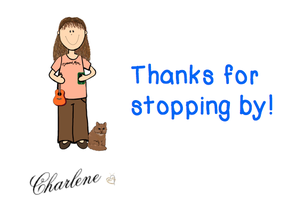





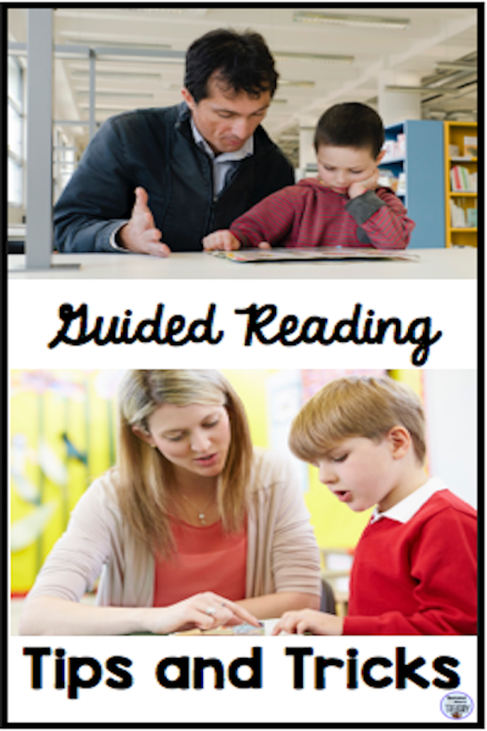






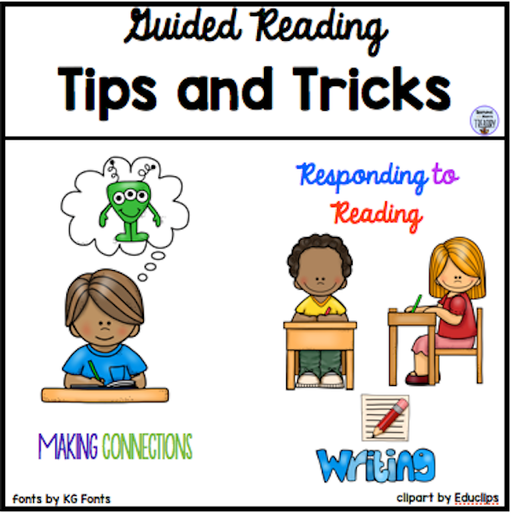





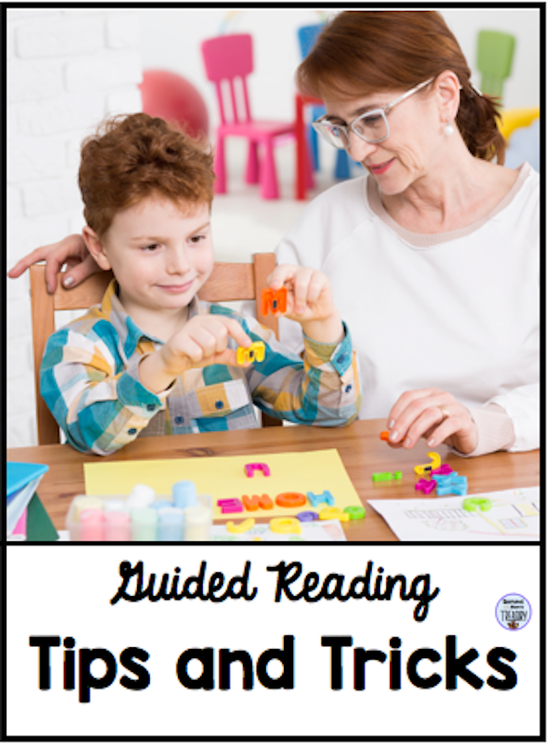





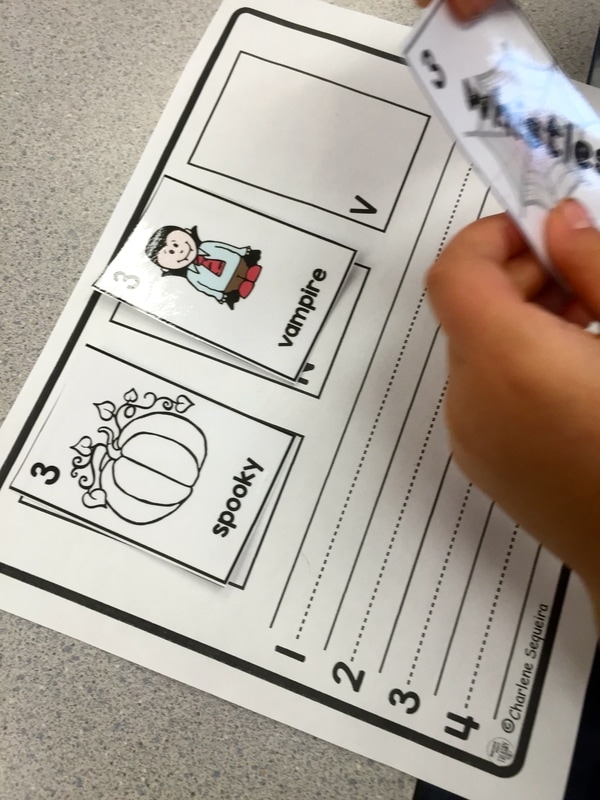

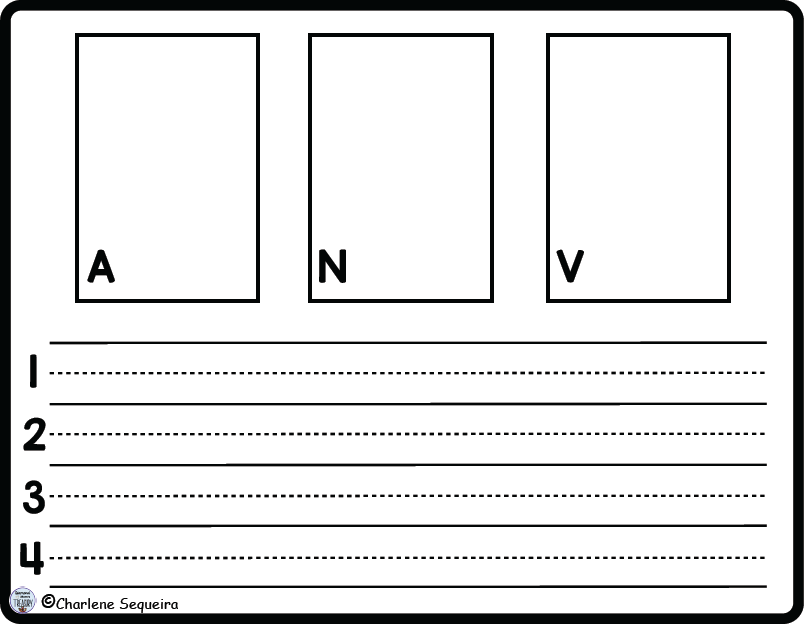

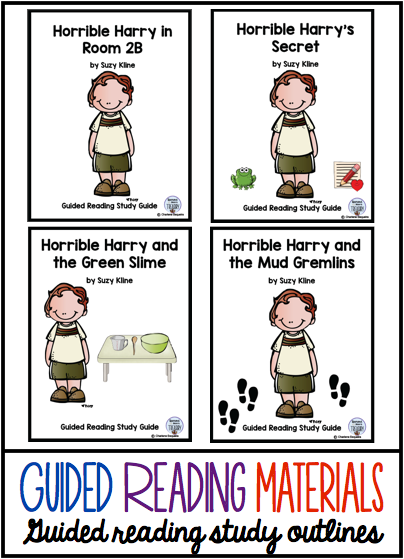
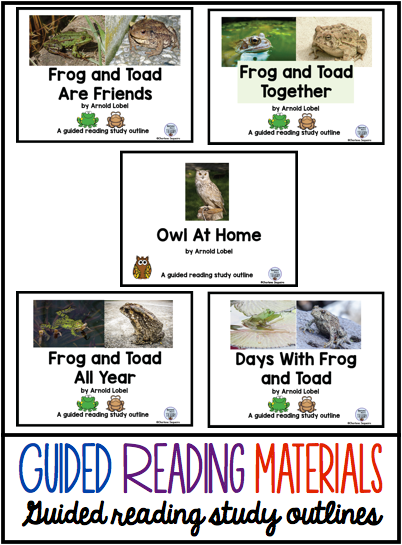


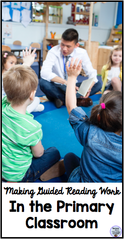

















 RSS Feed
RSS Feed